
Tahini is a paste made from ground sesame seeds, most commonly used for seasoning and for dips. It is considered to be superfood in the countries of the eastern Mediterranean but it is also widely used in Chinese, Japanese, and Korean cuisine.
Its name, which can also be spelled taheeni, taheneh and tahineh, derives from the Arabic word tahana, which means to grind.
Tahini is a thick paste that somewhat resembles peanut butter, although its taste is more subtle.
Benefits of tahini
Tahini is very nutritious and healthy. It contains calcium, iron, potassium, phosphorus and vitamins C and E. It does not contain cholesterol, it has relatively low sodium levels and is composed of 50 percent fat, 20 percent protein, 16 percent carbohydrates and 5 percent fiber.
The Middle East peoples believe that tahini combined with legumes makes a perfect and complete meal.
It is believed that the main ingredient of tahini, the sesame seed, restores vitality and sexual vigor and several modern studies have proven that does in fact have some ant-aging qualities which contribute to youthful, fresh looking skin.
It also regulates the bowel movement and prevents constipation.
Culinary uses
Tahini is the base for many eastern dips and sauces. The common sauce is made from tahini, lemon juice, garlic and salt, and other spices can be added in as well. Tahini is used for making hummus and baba ghanoush.
Alone or in combination with other ingredients, tahini is usually served with vegetables like eggplants, avocadoes, chickpeas, potatoes, peppers and other, or it can be used simply as a delicious dip for regular bread or pita bread.
Tahini also goes well with fish and meat, especially lamb roast, and it is an essential condiment in falafel sandwiches. It can be added in soups and stews to thicken it and add an extra nutty flavor, and it is also makes a delicious salad dressing.
A mixture perfect for breakfast, along with waffles or pancakes, can be made from equal amounts of tahini and honey. In Turkey, the traditional breakfast usually contains tahin-pekmez, a mixture of tahini and thick fruit syrup, while in Iraq they mix it with date syrup which is eaten with bread. Tahini is also the main ingredient of Mediterranean halva.
Tahini is made in many countries but it is usually imported from the Middle East. It is believed that the finest tahini comes from Syria and Turkey. It can last for several months after opening, especially if refrigerated. Over time tahini may separate forming a layer of oil on the top, which is normal and can be easily fixed by stirring it.


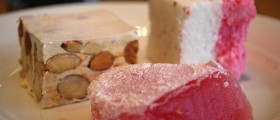

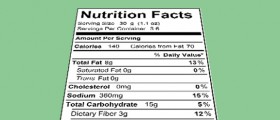
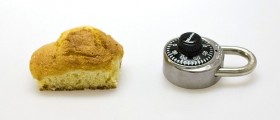
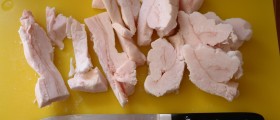

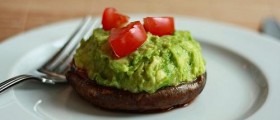
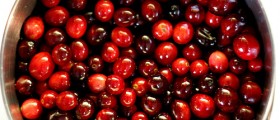
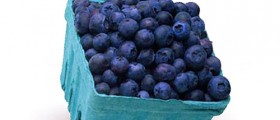
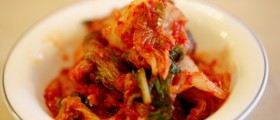

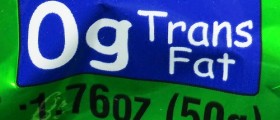

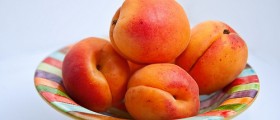

Your thoughts on this
Loading...